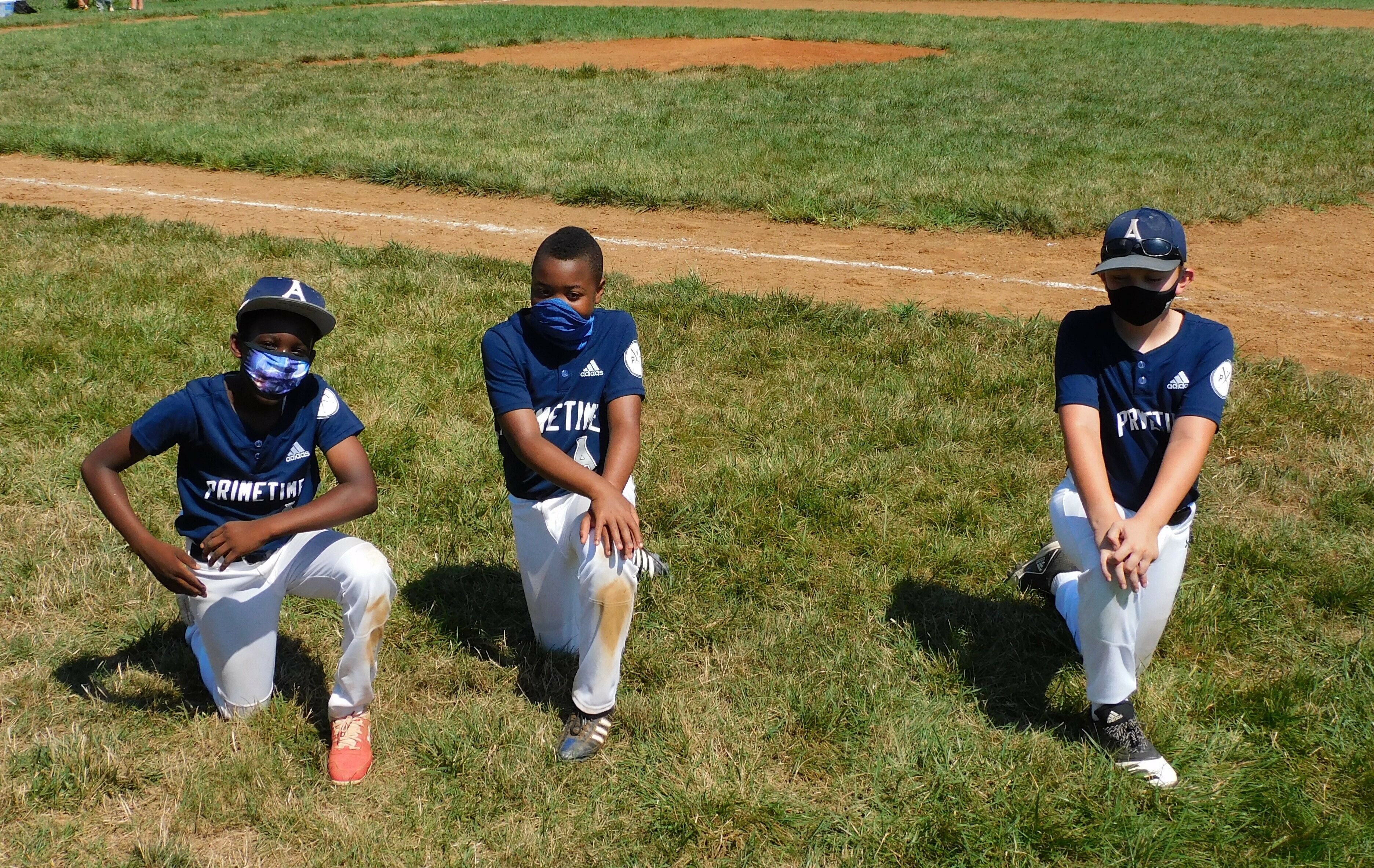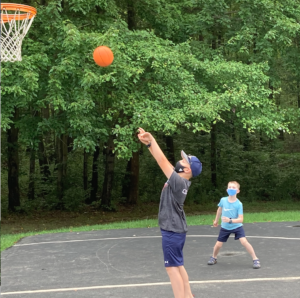
Children can return to organized sports safely as long as proper protocols are followed by families, athletes and coaches, according to a D.C.-area physician offering advice for getting back in action responsibly.
One argument parents might consider when weighing options — the physical activity is good for children and young adults.
“Kids are kids, and they need exercise not just for fitness … but also for socialization, for their mental health and well-being; and we know it also helps them concentrate when it comes to their school work,” said Dr. Korin B. Hudson, an emergency medicine and sports medicine attending physician with MedStar Health.
As a physician and a mom, Hudson said there are “Three Ts” parents should consider to help minimize risk of infection: Tempering risks, tracking cases and training safely.
Tempering risks
Follow fundamental guidelines recommended to help prevent spread of the coronavirus, such as frequent hand washing, wearing masks and maintaining social distance.
“And, being extra careful at times when we tend to gather together in sports practice, like water breaks or snacks — the times when the masks come down — to make sure those times are safe, as well,” Hudson said.
Tracking cases
From state case numbers to the situation in your own household, current conditions should dictate behavior.
“State and local health authorities are going to help us know when it’s safe to have groups of 10 people together, 20 people together or 50 people together and so on,” Hudson said.
Practices might first involve clusters of just a few kids and a few coaches separated from other small groups practicing.
Coaches, athletes and families have to agree to participate only when everyone is well.
“If I’m sick I probably shouldn’t send my kid to soccer practice. If anybody in the house is ill, we really want to make sure that we are keeping our athletes home to minimize the risk of anybody else on that team of getting sick,” Hudson said.
Training safely
Physical conditioning should ramp back up slowly over the course of several weeks. Kids who have been more sedentary lately run the risk of hurting themselves if they try to pick right up where they left off.
“The risk of injury goes up dramatically if they go back suddenly, like flipping a switch,” Hudson said.
All sports aren’t equal
Hudson said the sports returning earlier will be those where it’s easier for players to keep their distance, such as tennis, golf, running and baseball, because it’s outdoors and players have limited contact.
When sports involve more contact that’s brief, such as soccer or lacrosse, Hudson said, “I think we need to do that very deliberately and cautiously. Maybe focusing on the spread out drills first.”
Football is going to more of a challenge to do safely, Hudson said.

Fielding a lot of questions about indoor sports, such as volleyball, basketball and dance, Hudson said they shouldn’t necessarily be off limits. She believes the key to indoor sports is to maximize distancing.
“Two or three athletes on a basketball court spread out, wearing masks, putting up some shots and practicing dribbling is probably safe,” Hudson said. “Twenty-five athletes on that same basketball court may get a little tight … we just need to be mindful of how many people we’re putting in the same space and how they’re treating that space.”
Whatever the activity involves, Hudson recommends parents engage with coaches or team leaders before children become involved.
“Ask: ‘What’s the plan? How are we going to respect physical distancing? How are we going to handle masks and face coverings? Are parents going to be allowed at practices? Are there going to be competitions?’ And if there are parents at those things, we need to make sure the parents are distancing and respecting face covering restrictions, as well,” Hudson said.
The team at Medstar sports medicine has created an online “landing pad” with curated resources for athletes, parents, coaches and league directors.
- Sign up for WTOP alerts
- Latest coronavirus test results in DC, Maryland and Virginia
- Coronavirus FAQ: What you need to know
- Coronavirus resources: Get and give help in DC, Maryland and Virginia
- Fall school plans for DC, Maryland, Virginia systems during coronavirus
- New unemployment claims fall sharply in DC, Maryland and Virginia
- Ohio Gov. Mike DeWine tests positive ahead of Trump visit
- ‘We’ve had enough’: Northam on compact with 6 other states for COVID-19 testing
Looking for more information? D.C., Maryland and Virginia are each releasing more data every day. Visit their official sites here: Virginia | Maryland | D.C.






